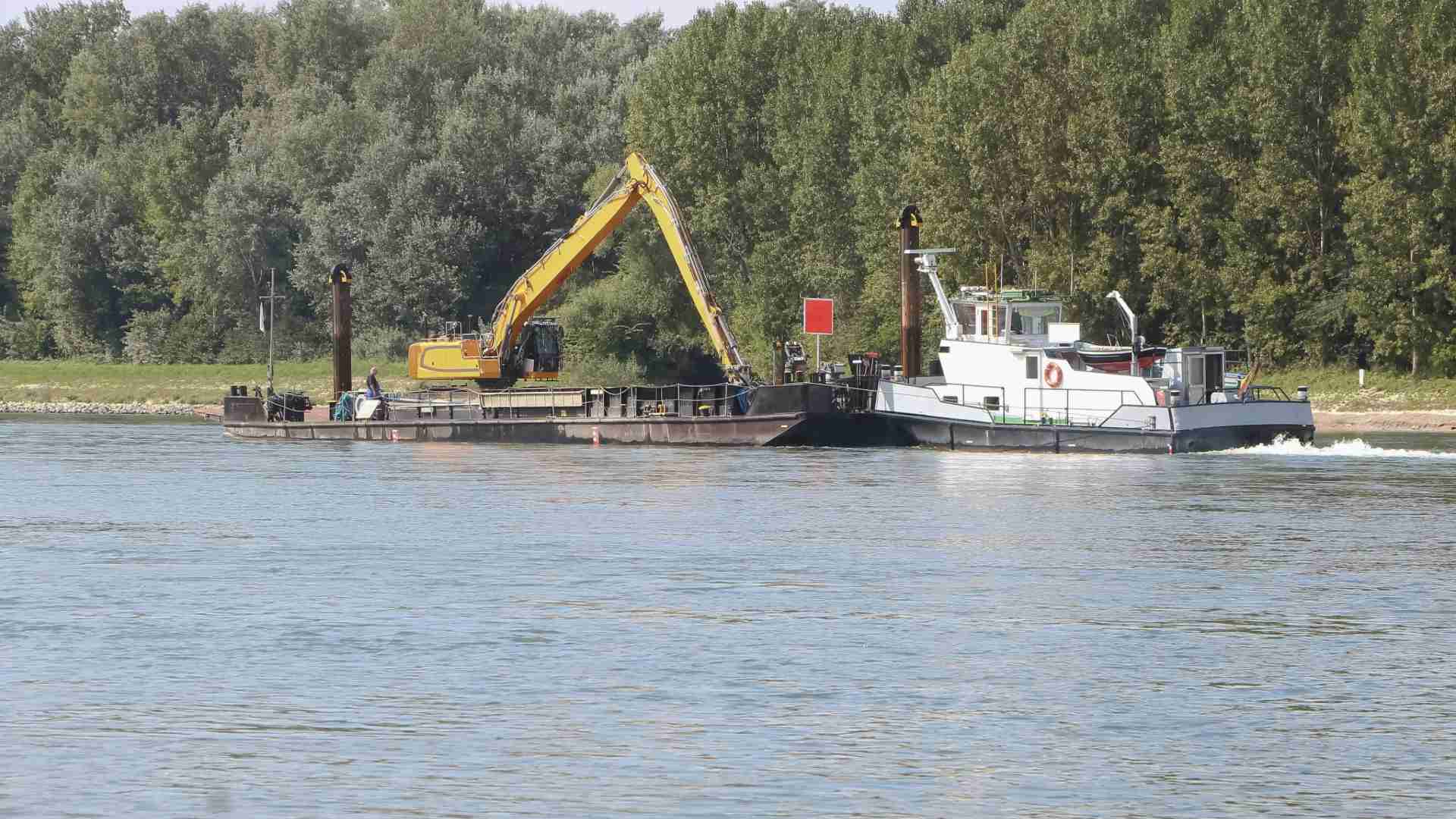Introduction
In July 2025, Petersburg, Virginia, found itself once again under water—cars stranded, homes flooded, and streets turned into streams. For the third time in a single week, torrential rains overwhelmed the city’s already stressed drainage systems. While the heavy rainfall was an undeniable trigger, city officials pointed to a deeper, long-ignored issue: the buildup of silt in the Appomattox River and the lack of river dredging over the past few decades.
City leaders and residents alike are sounding the alarm, urging for immediate and sustained flood prevention dredging to restore proper water flow, protect homes and infrastructure, and prevent these recurring disasters from becoming the new normal.
A Crisis Years in the Making
Petersburg Mayor Samuel Parham didn’t mince words when addressing the recent floods. “We are seeing the horrific effects of decades of neglect,” he said, citing the failure to complete critical dredging projects in the Appomattox River. The last partial dredging effort occurred in the 1990s, but it was halted after contaminated sediment was discovered near the Petersburg harbor. Since then, sediment and silt have continued to accumulate, choking the river’s flow and severely impairing its drainage capacity.
This sediment buildup has effectively turned portions of the river into stagnant basins. During rain events—especially those with the intensity seen in July—creeks and drainage systems feeding into the Appomattox back up quickly. Water that should be flowing out to the river has nowhere to go, instead pooling in low-lying neighborhoods, such as those along Bank and Bollingbrook Streets.
The Role of River Dredging in Flood Prevention
River dredging is a critical tool in managing waterways. By removing accumulated silt, debris, and sediments from the riverbed, dredging restores the channel’s depth and improves water flow. In flood-prone areas like Petersburg, flood prevention dredging is not a luxury—it’s a necessity. When rivers are shallow and obstructed, stormwater and runoff cannot drain quickly, leading to flash flooding and standing water that damages infrastructure and endangers lives.
City Manager John “March” Altman stated that nearly 10 inches of rain fell in a single night during the recent storm—a volume that even the most modern systems would struggle to manage. However, Petersburg’s outdated stormwater infrastructure, combined with an under-maintained river system, exacerbates the situation exponentially.
Long-Overdue Action
Despite the clear and growing risk, dredging the Appomattox River hasn’t seen dedicated state funding in over two decades. A budget amendment in 2005 that would have addressed this was ultimately stripped from the final version. Since then, efforts to revive the conversation have been largely unsuccessful—until now.
In response to the latest floods, the Virginia Department of Conservation and Recreation (DCR) has awarded Petersburg more than $2 million to study the environmental and logistical implications of dredging the harbor. In addition, the state has committed another $4 million toward silt removal and replacing infrastructure around stream gates. These investments are designed to reestablish water flow between Petersburg Harbor and the Appomattox River, ultimately helping to reduce flood risk.
State Senator Lashrecse Aird, D-Petersburg, emphasized the importance of these projects. “This is essential work,” she said in a statement. “Improving water flow through dredging and updating surrounding infrastructure is critical to protecting our communities from further devastation.”
A Costly but Crucial Undertaking
While recent funding is a step in the right direction, city officials acknowledge that the road ahead is long. Altman estimates it could take 10 to 20 years to complete the necessary dredging and stormwater infrastructure upgrades—assuming consistent funding and support. The reality is that Petersburg is playing catch-up with decades of backlog, using limited resources.
There’s also a need for collaboration with federal agencies, particularly the U.S. Army Corps of Engineers, which previously oversaw aspects of the 1990s dredging project. Petersburg hopes to re-engage the Corps to finally complete the work that was left unfinished over 30 years ago. Public-private partnerships are also being explored as part of a broader funding strategy.
Community Toll and Public Safety
Beyond the logistical challenges, the emotional and financial toll on residents is growing. During the most recent flood, some households reported more than a foot of water in their backyards. Emergency services, including the Petersburg Fire Rescue & Emergency Services, conducted multiple water rescues as floodwaters trapped vehicles and threatened homes.
Residents are increasingly frustrated, not just with the flooding, but with what they see as a lack of urgency in addressing a solvable problem. Long-time homeowners recall a time when the river flowed freely and floods were less frequent. Now, many worry that if something isn’t done soon, these devastating events will become routine.
Looking Ahead: A Blueprint for Resilience
The recent flooding should serve as a turning point, not only for Petersburg but for other flood-prone cities across the country. As climate change accelerates, intense rainfall events are becoming more frequent. Cities with aging infrastructure and neglected waterways are especially vulnerable.
For Petersburg, river dredging must become a cornerstone of its climate resilience strategy. Coupled with modernized drainage systems, strengthened floodbanks, and community preparedness initiatives, flood prevention dredging can help transform the city from a reactive to a resilient one.
It’s time for all levels of government to recognize the importance of investing in basic water infrastructure. The cost of inaction—measured in damaged homes, lost crops, and disrupted lives—is simply too high.
Conclusion
The floods in Petersburg are not just a consequence of nature’s wrath—they are a warning. Decades without river dredging have left the city exposed, vulnerable, and in need of immediate intervention. As officials and legislators push for funding and long-term solutions, the message is clear: flood prevention dredging isn’t just about restoring a river—it’s about restoring safety, stability, and peace of mind to an entire community.
